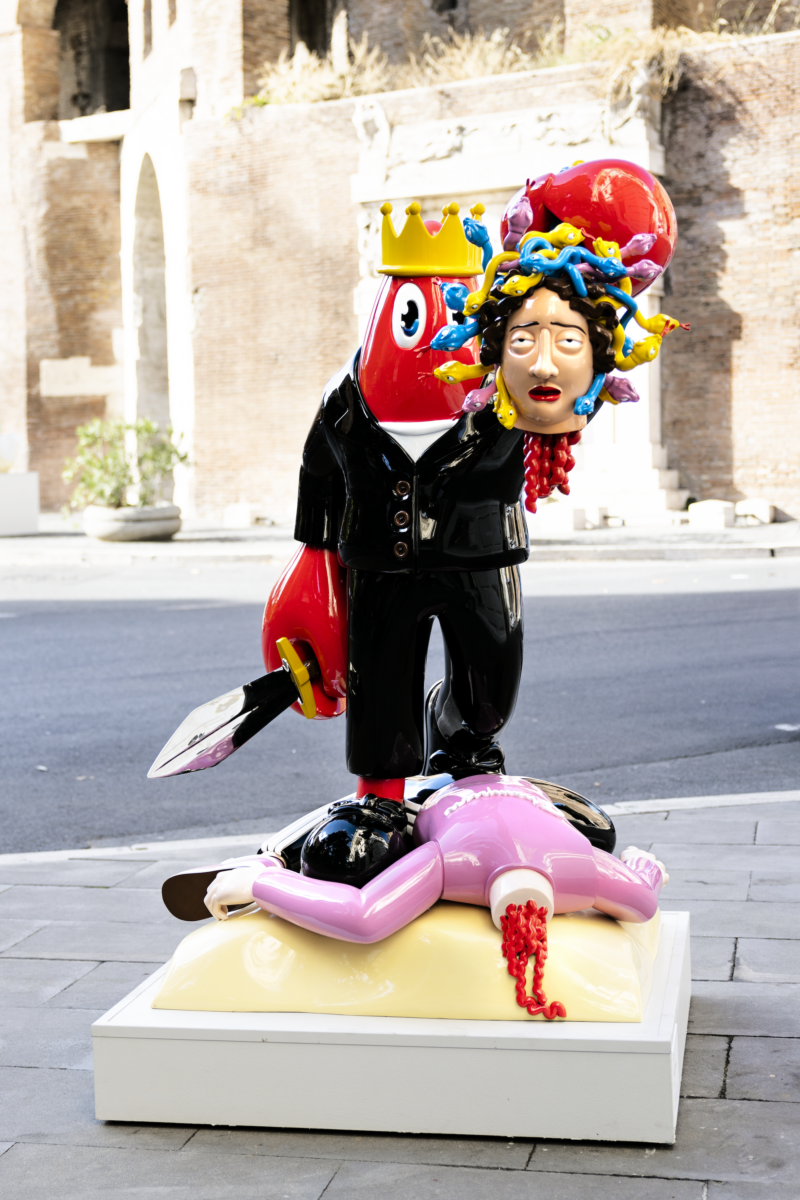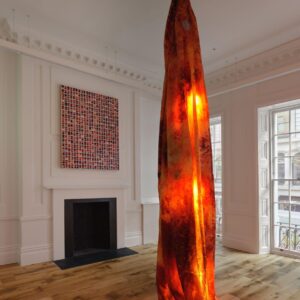
Rome is a city that never fails to impress, with its grand monuments, sprawling piazzas, and rich history woven into every street. But while most visitors admire the Colosseum, Vatican, and Trevi Fountain, few realize that some of the city’s most fascinating treasures lie beneath their feet.
Hidden below the bustling streets are ancient chambers, secret tunnels, and intricate underground art that reveal an entirely different side of Rome. These subterranean wonders tell stories of emperors, gladiators, religious devotion, and artistic innovation.
If you’re looking to explore a Rome that many never see, it’s time to venture below the surface. From gladiator corridors to elaborate crypts, let’s uncover the art and history of underground Rome.
The Colosseum Underground: Where Gladiators Prepared for Battle
The Colosseum is one of the most recognizable landmarks in the world, a grand amphitheater that once hosted thrilling gladiator battles, wild animal hunts, and grand spectacles for thousands of spectators. Built-in 80 AD, this engineering marvel could hold up to 50,000 people who gathered to watch dramatic fights unfold. But what most visitors don’t realize is that the true heart of the Colosseum lies beneath its surface.
Beneath the arena floor, a vast underground network—known as the hypogeum—once buzzed with activity. This labyrinth of tunnels, chambers, and lifts was where gladiators awaited their fate, exotic animals were caged before battles, and stage crews operated complex machinery to create grand spectacles. Today, history enthusiasts can experience this hidden world firsthand. You can look for the Colosseum underground tour online, which offers exclusive access to this restricted area, giving visitors a closer look at the intricate system that made the games possible.
A guided visit through the tunnels lets you walk in the footsteps of ancient warriors, uncovering a hidden side of the Colosseum’s history. The underground chambers still echo stories of courage and survival that shaped Rome’s famous battleground.
The Catacombs: A Subterranean World of Art and Faith
Rome’s Catacombs stretch for miles beneath the city, serving as some of the earliest examples of Christian art and burial traditions. These vast underground cemeteries date back to the 2nd century AD, when Christians and Jews needed hidden burial grounds outside city walls.
- Intricate frescoes, carved symbols, and mosaics decorate the tombs, offering insights into early Christian beliefs and artistic styles.
- Biblical scenes such as Jonah and the Whale and The Good Shepherd are painted on the walls, symbolizing salvation and eternal life.
- The Catacombs also feature hidden chapels and altars, where early Christians held secret services to avoid persecution.
Walking through these dimly lit tunnels, visitors can experience the blend of faith and artistic expression that shaped early Christianity.
The Basilica of San Clemente: Layers of Rome’s Past
The Basilica of San Clemente is more than just a church—it’s an architectural time capsule. Beneath its stunning medieval frescoes lie layers of history, with three different structures stacked on top of one another.
- The top-level features a 12th-century basilica adorned with gold mosaics and Renaissance paintings.
- Below, a 4th-century church holds faded frescoes depicting early Christian stories.
- At the lowest level, the ruins of a 1st-century Roman temple dedicated to Mithras showcase elaborate carvings and religious symbols.
This multi-layered site captures Rome’s continuous transformation, revealing how art and architecture evolved over centuries.
The Capuchin Crypt: A Macabre Yet Artistic Display
Tucked beneath the Capuchin Church of Santa Maria della Concezione, the Capuchin Crypt is one of Rome’s most unusual underground sites. Decorated entirely with human bones, it serves as both a work of art and a reminder of mortality.
- The crypt contains thousands of skeletons, arranged in elaborate patterns to form chandeliers, arches, and altarpieces.
- The monks used real human remains to create religious symbols, such as crosses, hourglasses, and skull formations, to emphasize the fleeting nature of life.
- The eerie yet mesmerizing displays make the crypt a unique blend of art, history, and philosophy.
This chilling yet fascinating space challenges visitors to view death and beauty through a different lens.
The Vicus Caprarius: The City of Water Beneath Rome
Discovered near the Trevi Fountain, the Vicus Caprarius is a hidden archaeological site showcasing Rome’s ingenious water management systems.
- The site contains remains of a Roman apartment complex, complete with ancient mosaics and marble decorations.
- An intricate network of aqueducts and cisterns demonstrates how Romans efficiently transported and stored water.
- Artifacts like statues, coins, and pottery reveal glimpses of everyday life in 1st-century Rome.
This underground city proves that Roman engineering and artistic sensibilities extended far beyond grand palaces and temples.
In The End
Rome’s underground is rich with history, featuring gladiator tunnels, hidden crypts, and opulent palaces. Each site offers a unique glimpse into the city’s past, appealing to those interested in ancient art, religious relics, and forgotten ruins.



